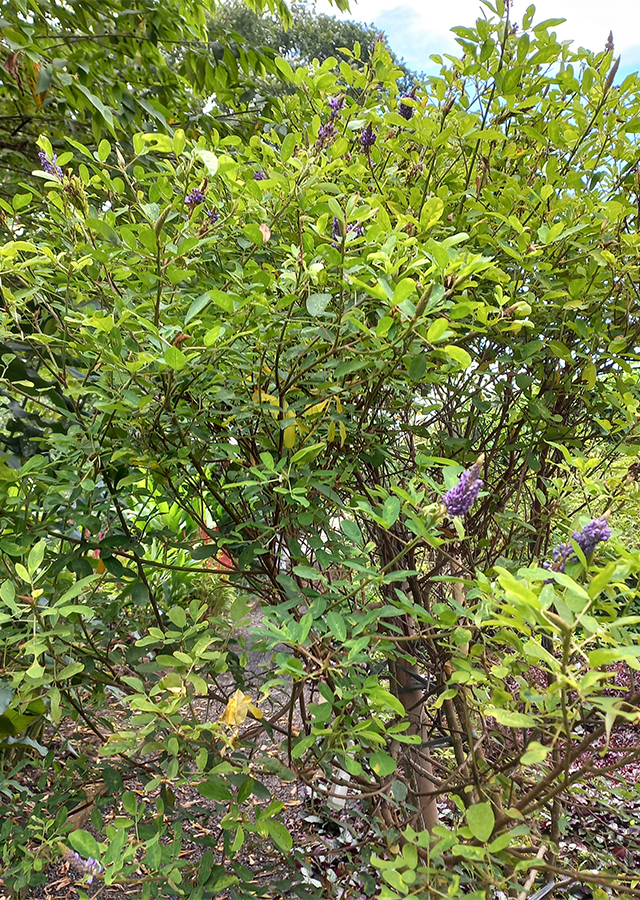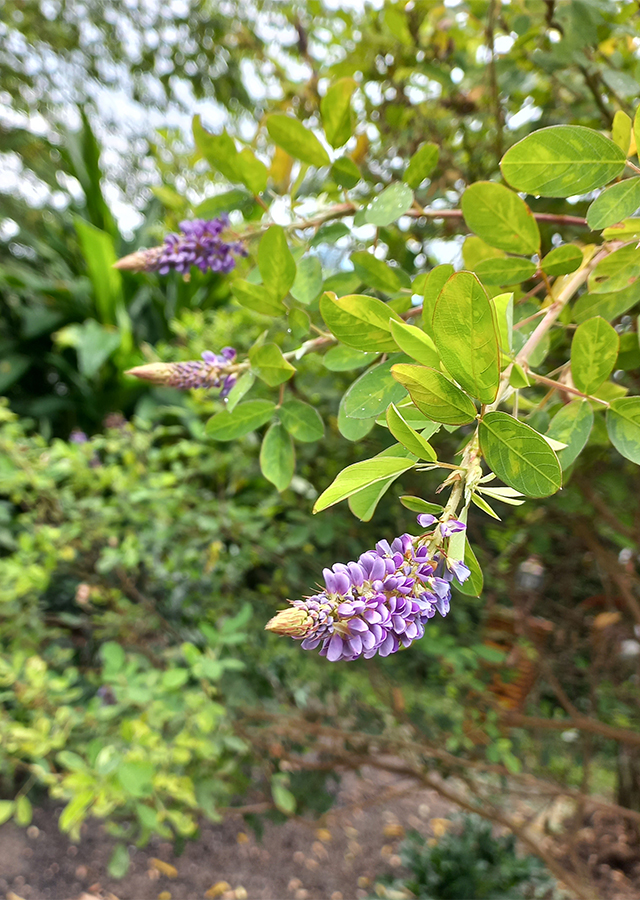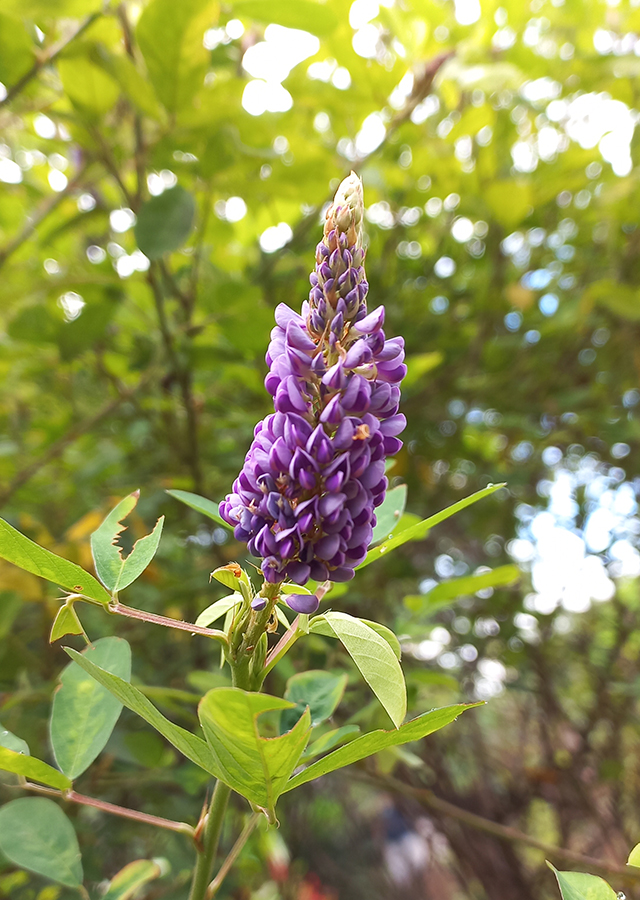Traditional Herbs from Grona heterocarpos
fever
- Take the leaves of meyong tail\u00a0comb them and wash them until clean.
- Boil the leaves until they boil.
- Strain the boiled product.
- Drink while it's warm.
treat_bruises
- Take comb oxtail leaves to taste.
- Wash thoroughly with running water.
- Crush until it becomes a paste.
- Apply the paste to the bruised skin area.
What is Grona heterocarpos Looks like??



Parts of Grona heterocarpos that could be used
- Leaves
- Roots
- All Parts of the Plant
Grona heterocarpos Distribution
Meyong comb tail is a humid tropical and subtropical plant originating from Southeast Asia. Its natural distribution starts from India and Sri Lanka through Burma, Thailand, Indo-China, Malesia, China, Taiwan, Ryukyu, Japan, to the Pacific Islands and Australia. This plant is widely used by the wider community, as an ingredient in traditional medicines. In West Java, people have used the roots and leaves to overcome various women's complaints, including reducing pain during menstruation and after giving birth. Apart from that, many people also plant this plant as a land cover plant which functions to stabilize and restore the soil.Agroecology of Grona heterocarpos
The combed meyongtail can be found in grasslands, grassy slopes, riverbanks, scrublands, and forests. In tropical areas, this species is found growing to a height of 2,500 m above sea level. This plant grows best in areas where the annual daytime temperature is in the range of 14 - 24 °C, but can tolerate 4 - 34 °C, with an average annual rainfall in the range of 2,000 - 3,000 mm, but can tolerate 1,000 - 4,000 mm, and the dry season is no more than 3 - 4 months. Prefers a position in full sun, but can still tolerate quite deep shade. The meyong comb tail plant also likes soil conditions with an acidity degree (pH) in the range of 4.5-6.5. This plant has good adaptability to standing water and is able to grow in various types of soil, also in soil conditions with low fertility and high levels of aluminum or manganese.
Morphology of Grona heterocarpos
- Stems are woody, mostly heavily branched at the base, branches slightly angular and slender, almost glabrous to densely covered with short gray hairs.
- Leaves are uni-trifoliate, unifoliate leaf blades are common in seedlings and are located at the base of older stems, the leaf blades are elliptical, ovate or obovate, green, sparsely covered with fine hairs on the upper surface while the lower surface is more densely covered with thin gray hairs.
- Flowers pink, mauve, purple or white, generally in pairs.
- Pods, straight along the upper edge, wavy along the lower edge, glabrous or hairy, green and become dark brown when mature.
- Seeds are elliptical , cream to orange in color.
Cultivation of Grona heterocarpos
- Propagation is carried out generatively (seeds) and vegetatively (stem cuttings, root cuttings, and clump separation).
- It is best to sow seeds immediately after the seeds are old. Seeds that are stored for too long will make the seed coat become hard, so scarification is needed before sowing to speed up germination by soaking the seeds for 12-24 hours in warm water.
- Seeds usually germinate within 1 - 4 months at temperatures 25 \u00b0C.
Grona heterocarpos, more details :
Chemical Content of Grona heterocarposBetulic acid, friedelin, n-hexadecanoic acid, β-sitosterol, (Z,Z)-9,12-octadecadienoic acid,1-hentetracontanol, octacosane, vitexin, isovitexin2-carboxy-dihydrostilbene glucoside, 2-carboxy-3,5, 4′, trihydroxydihydrostilbene 3-O-β-d-glucopyranoside, lunularic acid 4′-O-β-d-glucopyranoside, (�')-epi-catechin 3-O-β-d-glucopyranoside, and (�')-epi- afzelachin 3-O-β-d-glucopyranoside.
Benefits of Grona heterocarpos
Treats coughs, poultices for sore breasts, feminine problems, fainting and convulsions, reduces fever, treats bruises and strains.
Simplisia of Grona heterocarpos
Another Facts for Grona heterocarpos :
Synonym of Grona heterocarposDesmodium heterocarpon (L.) DC., Hedysarum heterocarpon L., Meibomia heterocarpon (L.) Kuntze
Habitus of Grona heterocarpos
Bush. Annual shrub, grows creeping, plant height ranges from 30-150 cm
Habitat of Grona heterocarpos
- Forest
- Grassland
- Land
No comments:
Post a Comment